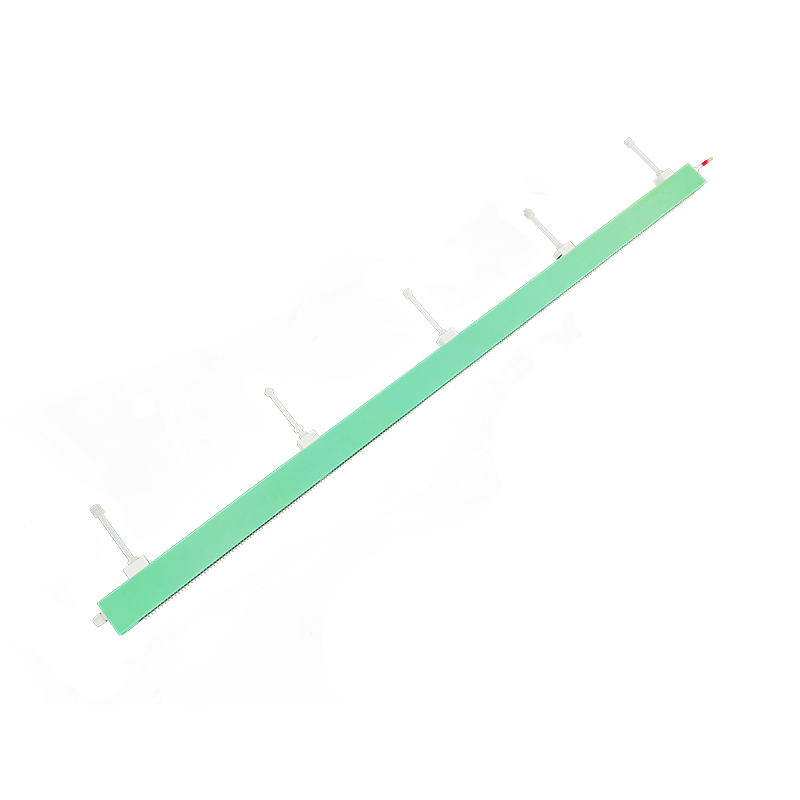Key Applications and Technical Challenges of High-Voltage Pulsed Power Supplies in Electron Beam Welding
With the rapid development of technology, Electron Beam Welding (EBW) has become an advanced material processing technology widely used in aviation, aerospace, nuclear energy, automotive manufacturing, and other fields. In this process, the high-voltage pulsed power supply, as the core component of the electron beam welding equipment, plays a crucial role. This article will explore the key applications of high-voltage pulsed power supplies in electron beam welding and the technical challenges faced from a professional perspective.
I. Key Applications of High-Voltage Pulsed Power Supplies
1. Generation of High-Speed Electron Beams: The high-voltage pulsed power supply generates a high-voltage electric field that accelerates electrons in the electron gun, giving them sufficient kinetic energy. These high-speed electrons form an electron beam under magnetic field focusing, which is used for heating, melting, and solidification during the welding process.
2. Precise Control of Welding Parameters: The high-voltage pulsed power supply can precisely adjust output parameters such as voltage, current, and pulse width, thereby achieving precise control of the electron beam energy. This is of great significance for ensuring welding quality, improving production efficiency, and reducing energy consumption.
3. Optimization of Welding Process: By adjusting the parameter settings of the high-voltage pulsed power supply, the interaction between the electron beam and the workpiece can be optimized, such as focus position, penetration depth, and weld shape. This helps to expand the application range of electron beam welding and meet the welding needs of different materials and structural components.
II. Technical Challenges
1. High Power Supply Stability Requirements: Electron beam welding requires extremely high stability of the power supply, and any slight fluctuation may lead to welding defects. Therefore, the high-voltage pulsed power supply must possess high stability and reliability to ensure stable output parameters during long-term operation.
2. Rapid Response Capability: To adapt to the requirements of different workpieces and welding speeds, the high-voltage pulsed power supply needs to have rapid response capability. This means that the power system must be able to adjust output parameters in a short time to adapt to real-time changes in the welding process.
3. Intelligent Control: With the development of industrial automation and intelligent manufacturing technologies, higher requirements have been placed on the intelligent control of high-voltage pulsed power supplies. Future power systems need to have functions such as adaptive control, remote monitoring, and data acquisition to achieve seamless integration with automated production lines.
4. Electromagnetic Compatibility (EMC) Issues: The high-voltage pulsed power supply generates strong electromagnetic interference during operation, which not only affects its own performance but may also cause interference to surrounding equipment. Therefore, how to effectively suppress electromagnetic interference and improve the electromagnetic compatibility of the power system is an important technical challenge at present.
5. Safety, Reliability, and Long Service Life: Considering that electron beam welding equipment usually operates in harsh environments such as high temperature, high pressure, and high vacuum, the high-voltage pulsed power supply must have good safety and reliability and extend the service life as much as possible to reduce maintenance costs and improve production efficiency.
In summary, high-voltage pulsed power supplies play an irreplaceable role in electron beam welding, but they also face a series of technical challenges. Through continuous technological innovation and optimization design, we are confident that these challenges can be overcome, promoting the continuous progress and application expansion of electron beam welding technology.




















